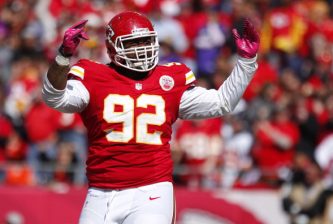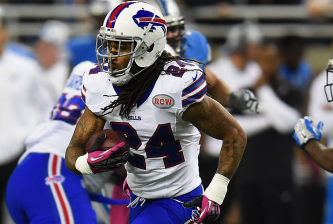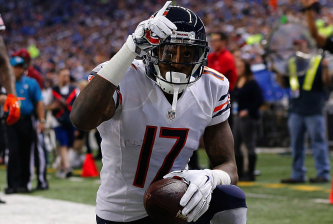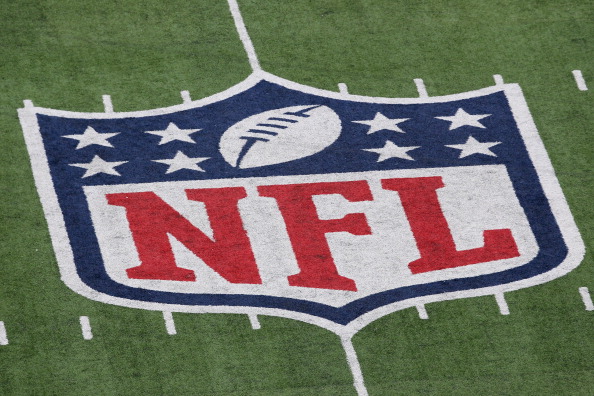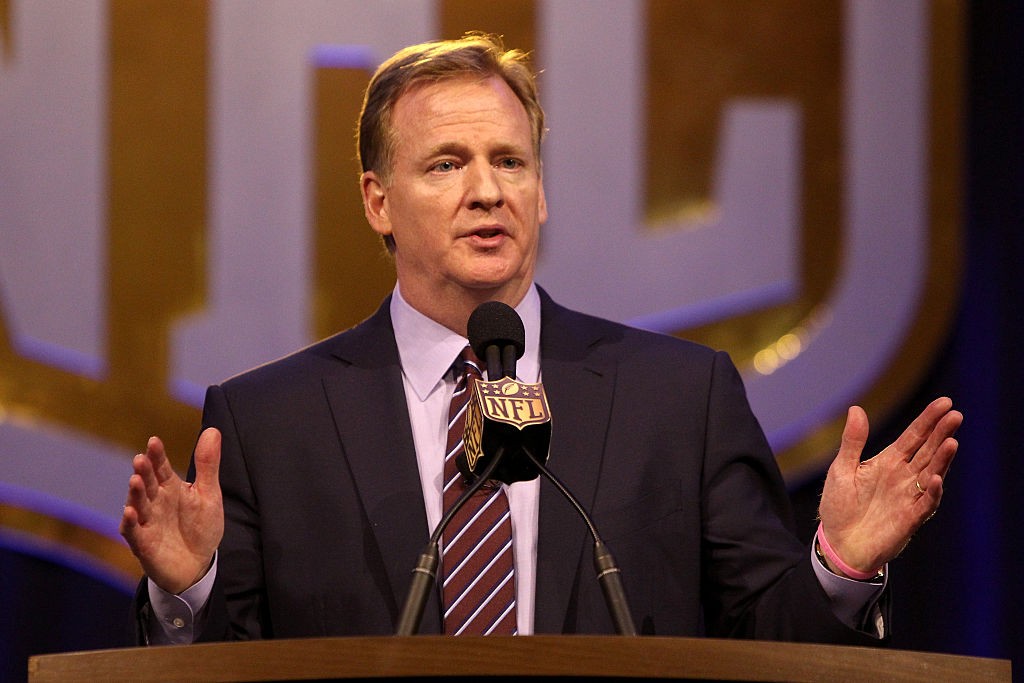There’s been a lot of buzz about a New York Times story from last week which revealed that the NFL had allegedly excluded as many as 100 concussions from its six-year research sample on the subject at the turn of the century, mainly due to the fact the article strongly attempts to link the league to Big Tobacco.
That type of correlation is, of course, dangerous, which might explain why the league has battled back with a fierce PR campaign that has included several denials, ad buys in the Times and now the threat of a lawsuit.
The problem is the potential links to the tobacco industry are indeed difficult to substantiate, which is why the Times has come under fire for the story and why the NFL is demanding a retraction. But all of the fuss regarding that arguably sensational alleged link has caused many of us — and seemingly both parties — to lose sight of what I believe should be the most damning allegation of all.
I’d like to direct you to the 35th paragraph of the Times story:
“Several other teams have no concussions listed for years at a time. Yet the committee’s calculations did include hundreds of those teams’ games played during that period, which produced a lower overall concussion rate.”
Look, it would be one thing if the league’s research was simply incomplete or lacking a full sample. But in this case, if indeed league researchers crunched numbers that included games played by teams that didn’t participate, we’re talking about something resembling fraud.
As the report states, “the database does not include any concussions involving the Dallas Cowboys for all six seasons,” and again, “several other teams have no concussions listed for years at a time.”
“The committee…calculated the rates of concussions using the incomplete data,” the story stated, “making them appear less frequent than they actually were.”
What’s amazing is the NFL has yet to properly address the idea that hundreds of games were counted while concussions that took place in those games did not, which clearly skewed the results in a way that made it appear as though concussions were less prevalent than they were.
As long as the results were still statistically relevant, it wouldn’t have mattered if only 10 or 12 teams participated, as long as the NFL excluded non-participants’ games from the math regarding frequency. According to the report in the Times, the NFL not only made people believe that all teams participated, but the league also made people believe that several participating teams somehow encountered zero concussions over that six-year period.
The league immediately issued two releases refuting the Times story, but neither made an attempt to suggest that games played by non-participating teams weren’t included in the final research, or that the inclusion of those games (despite a lack of concussion data) were noted in the published studies that resulted from said research.
“The studies never claimed to be based on every concussion that was reported or that occurred. Moreover, the fact that not all concussions were reported is consistent with the fact that reporting was strongly encouraged by the League but not mandated, as documents provided to the Times showed.”
Again, it’s fine that not everyone participated and it’s great that was acknowledged. But did the reports acknowledge that they were still including games played by non-participating teams in the results?
It gets better. Or worse, per a letter to the Times from NFL legal counsel Brad S. Karp:
“There is not a single fact in the Times article that supports the allegation that the NFL intentionally concealed concussion data in a manner ‘parallel to tobacco research,’ as the revised Times print headline asserts. To the contrary, the fact that the studies relied on a data set that was not a complete count of all concussions in the NFL — the central factual assertion in the story — was repeatedly and expressly disclosed in the studies themselves and counting all concussions was not the purpose of the studies in any event. Nor does the story explain why the allegedly ‘omitted’ data were necessarily significant to the purpose of the studies or their results.”
Is that final sentence serious? This isn’t just omitted data, it is manipulated data. It’s the difference between something that is incomprehensive and something that is misleading.
How can anyone with a sound mind knowingly exclude concussion data from those teams while including their games? That’s not an indication of carelessness, it’s an indication of malice, and if I were a current or former player looking to get in on legal proceedings against the NFL, it’s the first thing I’d point to.

